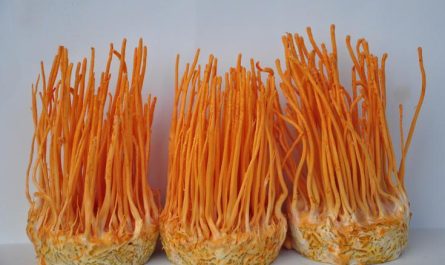Science Snapshot| Article
A colorful mosaic that maps the positions and roles of cells in the mouse brain offers insights into its functional complexities.

Hongkui Zeng, a molecular and cell biologist at the Allen Institute for Brain Science, uses powerful tools to elucidate the mysteries of the brain.
Allen Institute
The brain is a complicated network of connections and functions, but its inner machinations remain an enigma. In a huge collaborative effort, researchers profiled millions of cells to chart a cellular map of a mouse brain.1
“This work identifies cell types and categorizes them as a way to lay the foundation to understand the structure and function of the brain,” said Hongkui Zeng, a molecular and cell biologist at the Allen Institute for Brain Science.
To build this atlas, researchers combined two complementary transcriptomics methods. Zeng and her team performed single-cell RNA sequencing (scRNA-seq) on millions of mouse brain cells to determine the gene expression profiles of individual cells and categorized more than 5,300 cell types. In tandem, Xiaowei Zhuang, a biophysicist at Harvard University, and her team, used their multiplexed error-robust fluorescence in situ hybridization (MERFISH) method to image the spatial organization of these cells across the mouse brain.2

Xiaowei Zhuang, a biophysicist at Harvard University, develops and uses imaging methods to shed light on a variety of biological systems.
Harvard University
Integrating these two datasets played a critical role. “This information showed how numerous distinct cell types were assembled into this complex machine, such as our brain, and allowed us to predict many functionally important cell-cell interactions,” said Zhuang.
The atlas is a colorful mosaic; the colors in this image represent different cell types on the left and defined brain regions on the right side. It provides insights into how cellular location shapes function, such as the ventral part for basic survival and the dorsal part for adaptation.
The cellular complexity and diversity between the lower ventral and upper dorsal parts of the brain surprised the researchers. “We assumed that other parts of the brain would be similar to the cortex, but the organization and the cell types present were actually very different,” remarked Zeng.
The researchers consider the work to be a resource building project. This comprehensive map laid the foundation for the next stage of investigations, such as scaling up efforts to chart nonhuman primates and human brains.
References
- Yao Z, et al. Nature. 2023;624:317-332.
- Zhang M, et al. Nature. 2023;624:343-354.


